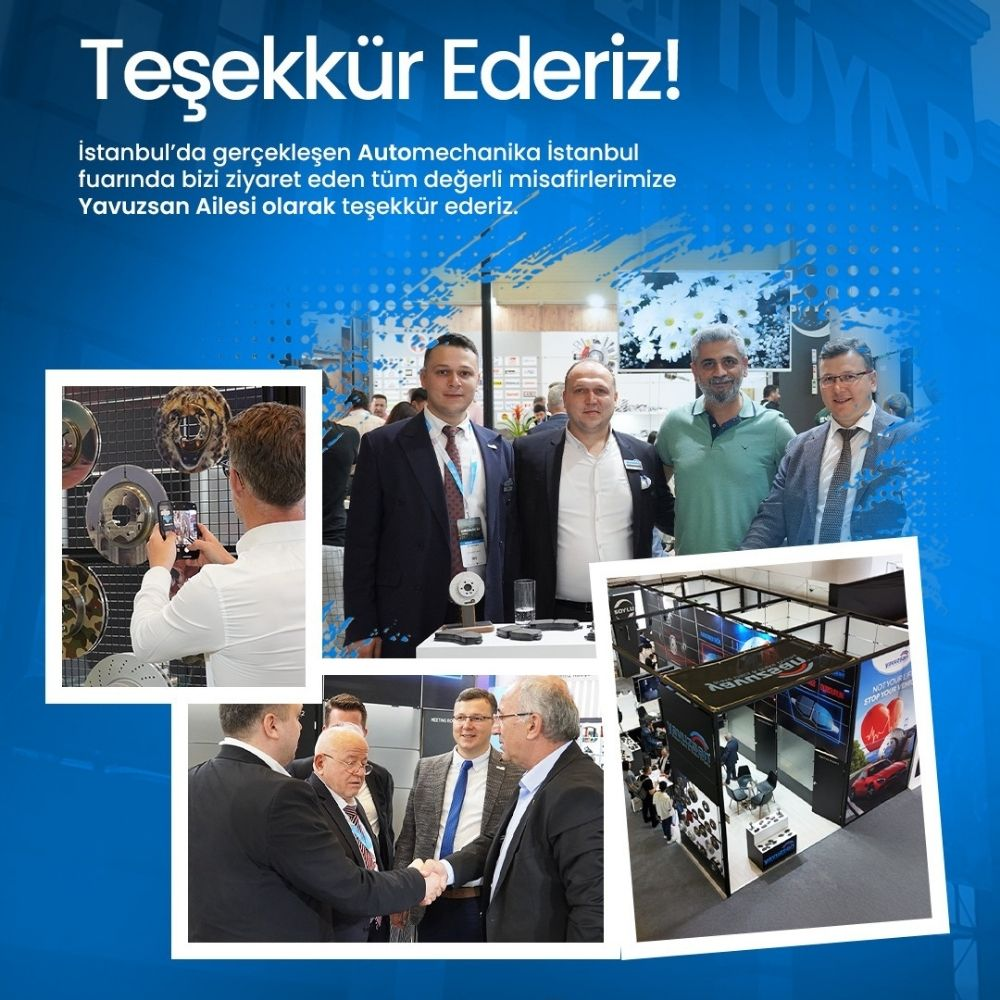Automotive technologies continue to develop every day, offering new solutions to enhance driver safety and comfort. The electronic parking brake is one of the important examples of these advancements. Replacing traditional handbrake systems, this innovative system provides drivers with both practicality and safety advantages. In this article, we will discuss in detail what an electronic parking brake is, how it works, what its advantages are, and what you should pay attention to during use.
What is an Electronic Parking Brake?
The electronic parking brake (EPB) is the electronic version of the traditional handbrake that keeps the vehicle stationary when parked. Unlike mechanical handbrakes, it is activated or deactivated by pressing a button. Although it is commonly seen in vehicles with automatic transmissions, it is now used in many manual vehicles as well.
The electronic parking brake system generally consists of the following components:
- Electronic control unit
- Motorized brake calipers
- Sensors and software infrastructure
This system allows the vehicle to remain stationary when parked without the driver needing to apply manual force to the brake.
How Does an Electronic Parking Brake Work?
The EPB system engages automatically either at the driver's command or when the vehicle system detects certain conditions. For example:
- When the vehicle comes to a complete stop and the gear is shifted to "P"
- When the driver turns off the ignition
- When hill-start assist is required
Points to Consider During Manual Intervention
Although many drivers may not notice, the gear shifting sequence during parking and whether the foot is on the brake pedal directly affect the load on the transmission system.
Example usage:
If the gear is shifted to "N" when parking, then the parking brake is engaged, and finally the gear is shifted to "P," no extra load is placed on the transmission.
However, if the gear is shifted directly to "P" and then the parking brake is engaged, the gear lock may remain under stress.
Being careful at this point prevents long-term mechanical problems and enhances driving safety.
Common Mistakes When Using the Electronic Parking Brake
Applying the Parking Brake Without Keeping the Foot on the Brake Pedal
If the driver engages the parking brake system without pressing the brake pedal, the vehicle may slightly roll. During this time, the system may momentarily disengage and re-engage. This can lead to unwanted risks, especially on inclined areas.
Shifting Directly to "P" and Then Engaging the Handbrake
In this case, the weight of the vehicle is directly placed on the transmission. In the long term, this can increase the risk of wear or damage to the transmission gears.
The correct sequence:
- The vehicle is stopped and shifted to "N."
- The electronic parking brake is engaged.
- The foot is removed from the brake pedal (the weight of the vehicle is now on the braking system).
- Finally, the gear is shifted to "P."
Advantages of the Electronic Parking Brake
Ease of Use
The handbrake can be engaged with just a button press. It provides great comfort, especially in congested city traffic and situations that require frequent stopping and starting.
Integrated Operation with Hill-Start Assist
In many vehicles, the EPB system works together with the hill holder (hill-start assist) system. This allows for safe starts on inclined roads without the risk of rolling back.
Automatic Activation Feature
When you get out of your car and turn off the ignition, some systems automatically engage the parking brake. This is a major safety feature against driver forgetfulness.
Space Saving
Since a small button replaces the space occupied by the traditional handbrake, more interior space is created and a more modern design is achieved.
Differences Between Electronic Parking Brake and Traditional Handbrake
Usage
Electronic Parking Brake: Activated with a button or switch. The driver engages or disengages the brake by simply pressing a button.
Mechanical Handbrake: Has a pulling lever mechanism. The driver pulls the handbrake lever upward to engage the brake.
Safety
Electronic Parking Brake: In some models, it engages automatically as soon as the vehicle stops, preventing rolling, especially on inclined roads.
Mechanical Handbrake: It is completely under the driver's control. Whether the brake is engaged or not depends on the driver.
Failure Situation
Electronic Parking Brake: If the electronic system fails, professional service intervention is generally required.
Mechanical Handbrake: It has a simpler structure, and most faults can be repaired mechanically.
Aesthetics and Space Occupation
Electronic Parking Brake: Occupies less space on the console and offers a modern appearance.
Mechanical Handbrake: The handbrake lever occupies a noticeable space next to the gear console.
These differences show that the electronic parking brake is a more modern and technological solution, while the mechanical handbrake is still preferred for its simple and reliable structure.
Frequently Asked Questions About Electronic Parking Brakes
What happens if the electronic parking brake fails?
In case of failure, most systems can be manually deactivated. However, it is necessary to contact an authorized service center.
Does the EPB system wear out brake pads quickly?
No, on the contrary; when used correctly, the system can actually extend the life of the brake pads.
Is it a problem if the EPB is active when starting uphill?
On the contrary, since the EPB works with hill-start assist, it ensures a safe start without rolling.
Conclusion
The electronic parking brake is an indispensable technology in modern vehicles, offering both safety and comfort to drivers. However, proper use of this system is very important to reduce the load on the transmission system and to prevent mechanical problems.
Simple but effective practices, such as shifting to neutral before applying the parking brake and then shifting to "P" mode, contribute to making your vehicle more durable and safer.
As the Yavuzsan family, we are always here with up-to-date information about vehicle technologies. Don’t forget to follow our blog for more content and technical tips.

